The stigmas or white dots on the tips of the wings indicate that this Ebony Jewelwing damselfly is a female.
A mining bee mining its own business in North Dakota.


The stigmas or white dots on the tips of the wings indicate that this Ebony Jewelwing damselfly is a female.

A mining bee mining its own business in North Dakota.
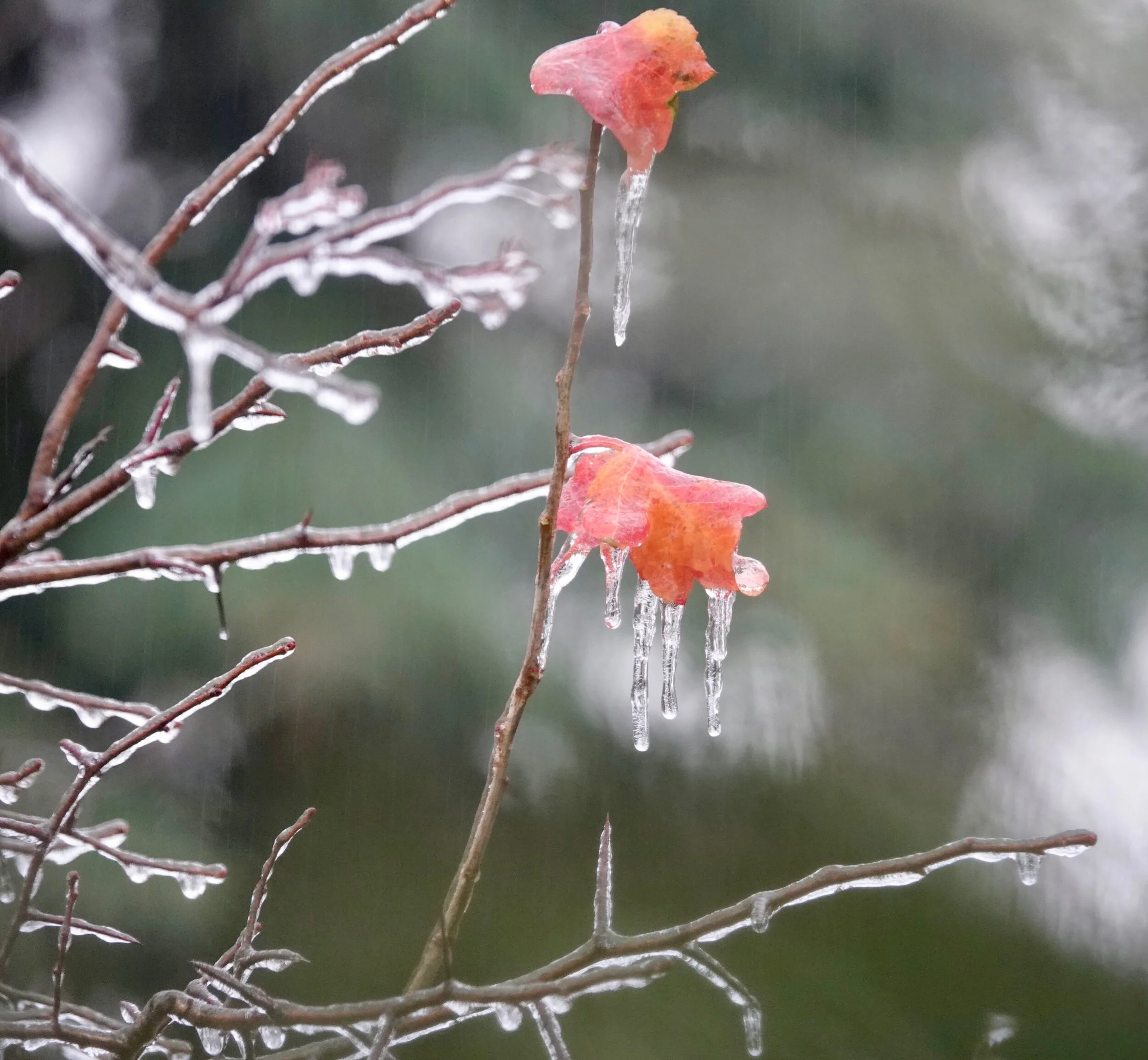
It was water before it was cool.
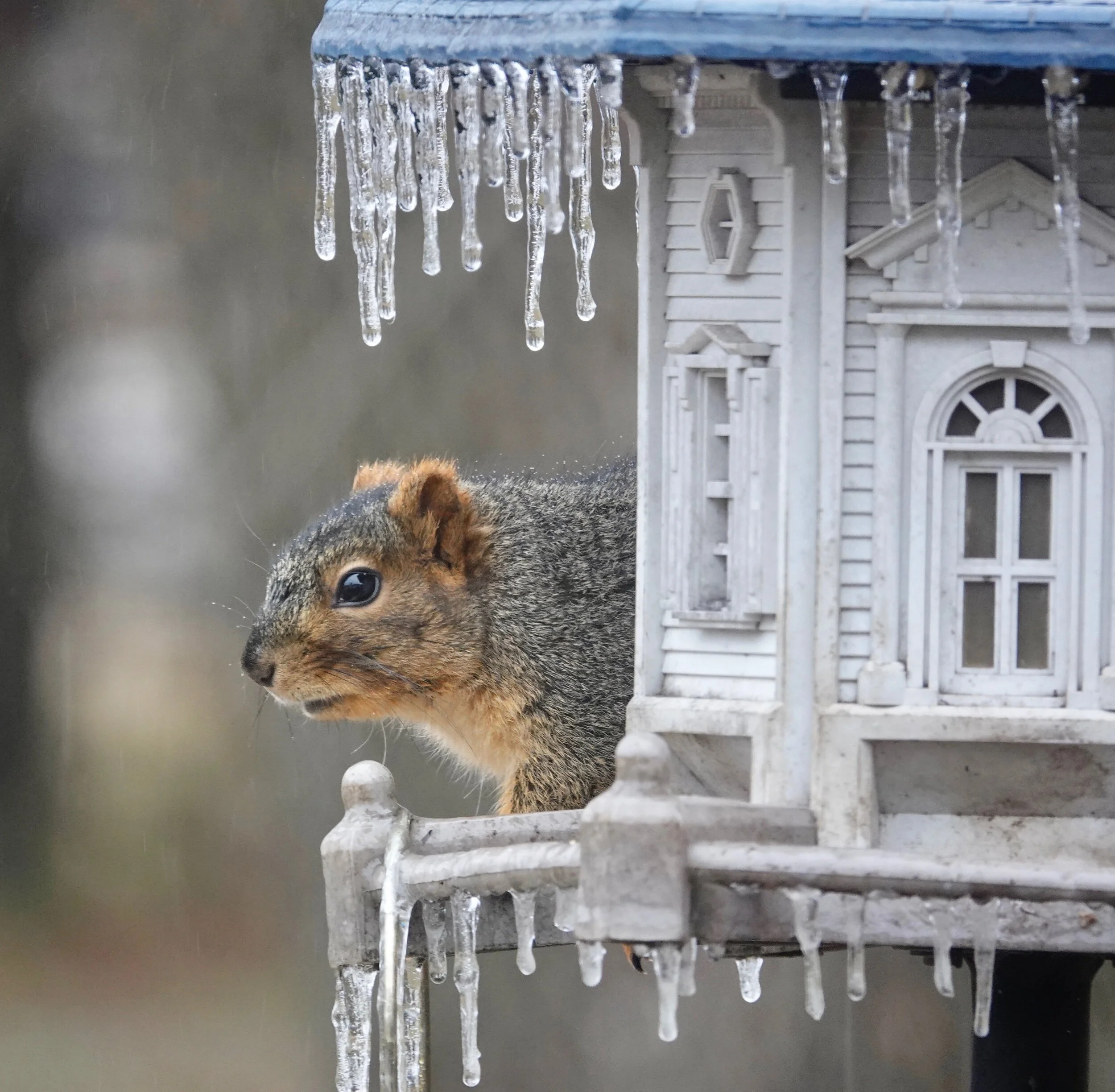
It looked like an ice day to the squirrel.
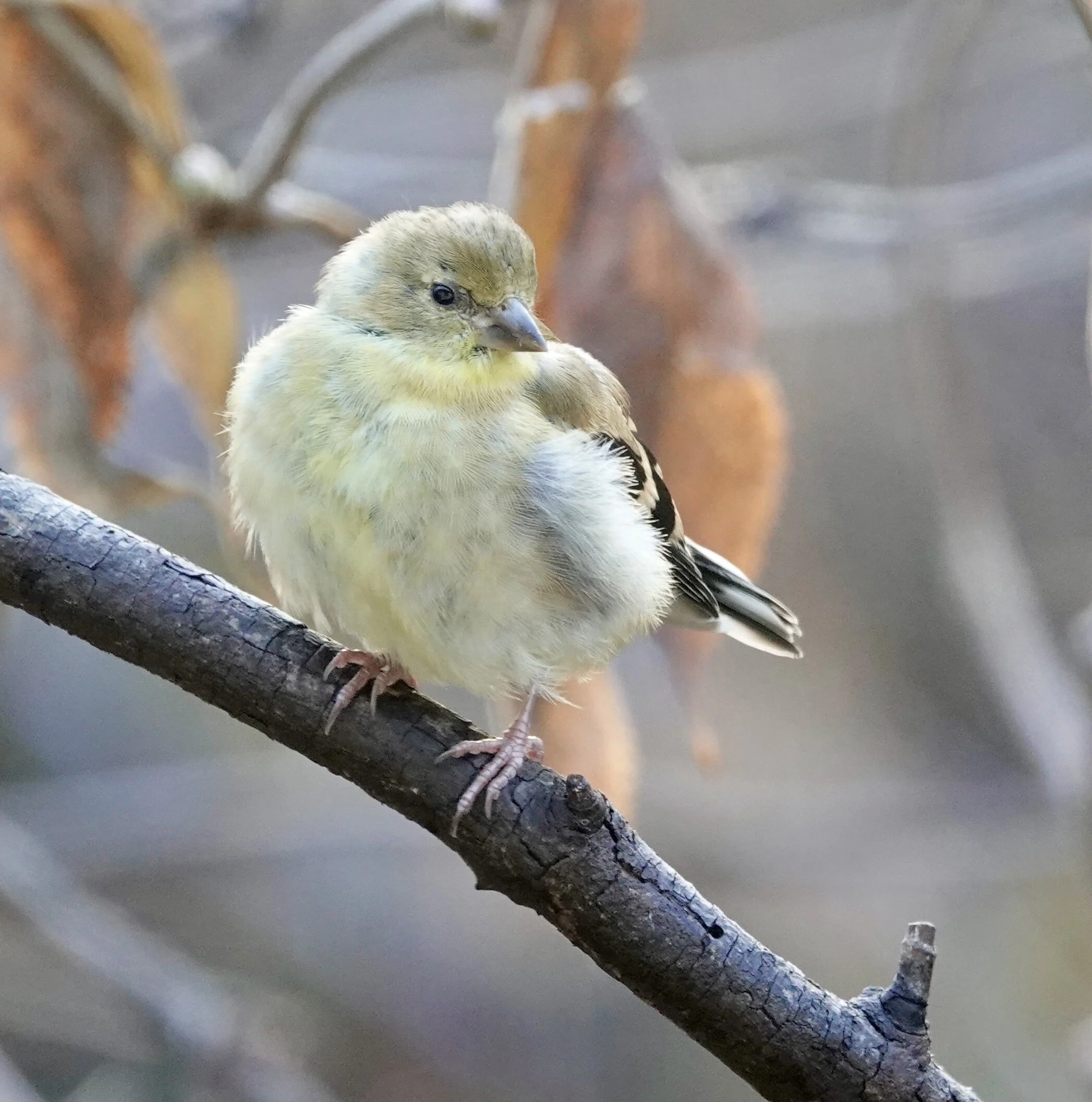
Sugar and spice and everything ice. Except for this American Goldfinch, which was everything nice.
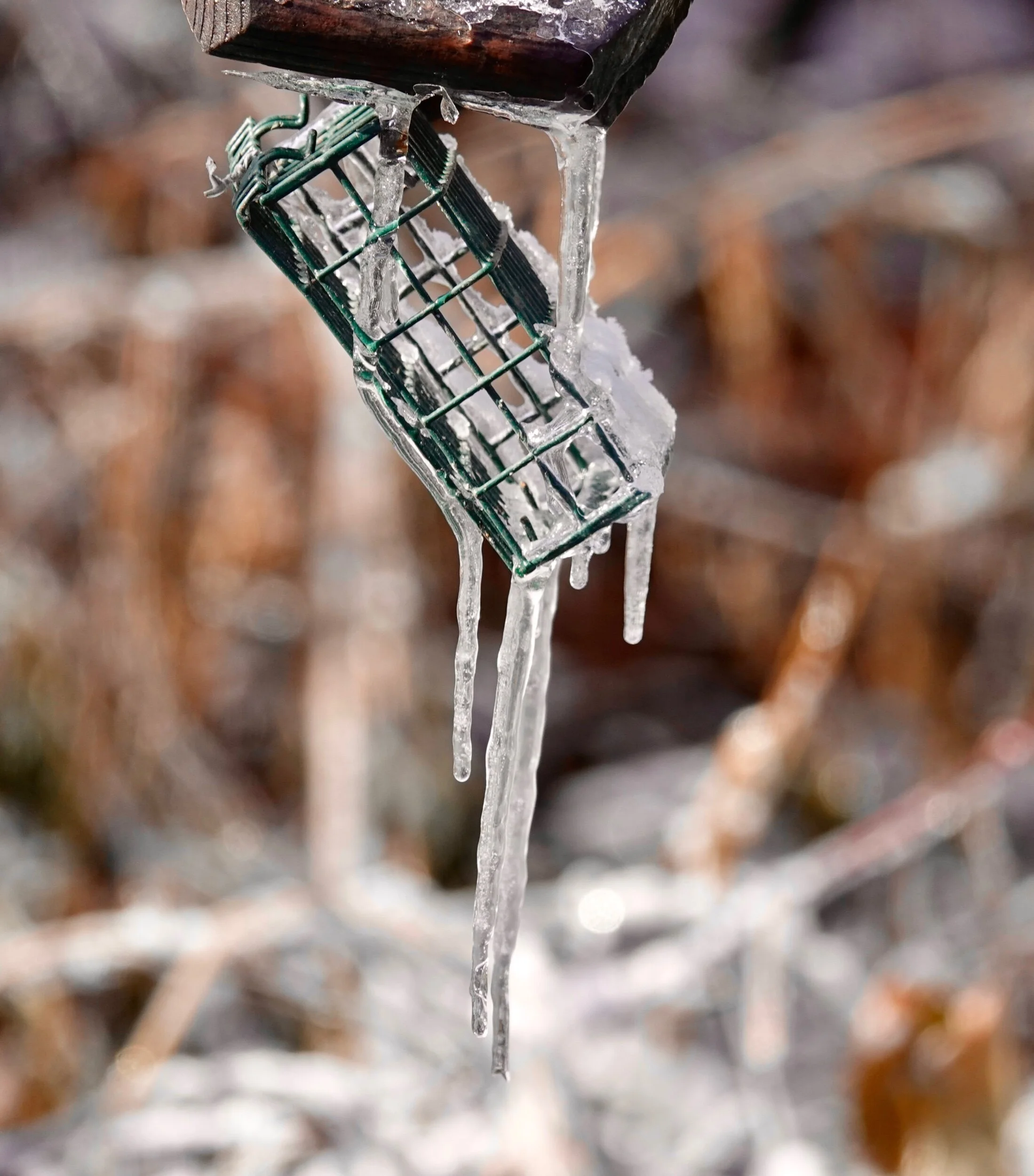
If I’d have known the weather was coming, I’d have baked a suet cake.

A Harlequin Duck might carry a wooden sword or a magic wand. Or maybe a romance novel.

Starling light, starling bright, The last starling I see tonight; I wish I may, I wish I might, Have the wish I wish tonight.

A raven seen just 4,449 miles outside the Tower of London.

A Great Blue Heron (Big Cranky, Long John or Poor Joe) stands as still as a statue.

The Cedar Waxwing is a stylish bird, which means I have nothing in my closet that it would ever be caught wearing.

A duck walks into a bar. “Waddle it be?” asked the bartender.

Why did the headless Great Blue Heron stand on one leg? Because if it didn’t, it would have fallen over.

The gales of November came early — October.
Naturally
The snowbirds (juncos) found snow here in October. They were likely no more excited about it than I was. The weather, though disagreeable, wasn't completely without a good side. It ended the reign of terror of the minute pirate bugs, the things disguised as nothing that bite us. They are attracted to people wearing light-colored clothing and bite with an impact far above their weight class. The weather moved birds to my feeders and waterer. For this hick from the sticks, seeing three redbirds in a single tree in my yard is a highlight.
I watched robins feed in a hawthorn tree. I realized a robin has a great sense of humor. It enjoys a good haw. Woodpeckers also sampled the haws. A hairy woodpecker visited the suet. It hammered away. "Give 'em hell, Hairy," I said. "Give 'em hell, Harry" was a play and film based on Harry Truman. How much wood would a woodpecker peck if a woodpecker would peck wood? I’ve been hearing from homeowners with cedar shakes who are learning the answer to that question the hard way. Male house finches give the yard's feeders a rosy outlook. A lovely singer, the house finch was once sold in the illegal pet trade as a Hollywood finch. I'm not sure if blue jays will work for peanuts, but they will fly in and vocalize for peanuts.
Starlings (numerous, quarrelsome and ravenous) moved into the yard like Cousin Eddie's family in the National Lampoon's Vacation film series. An eastern phoebe did likewise in 27° weather. The flycatcher perched on a feeder sheltered from the snow and looked up for flying insects to eat. I hoped things looked up for that phoebe. A single white-crowned sparrow, with racing stripes on its noggin fed below the feeders with the fox sparrows. The sight of br'er fox sparrow caused me to say "The quick brown fox sparrow jumps over the lazy dog," a pangram — a sentence that contains all the letters of the alphabet. With the color of its plumage, even when doing what it's always done, a fox sparrow looks rusty.
The wind picked up and made the beautiful leaves dance in the air. John Critchley Prince wrote, "Ruffling the colors of the forest leaves, the winds make music as they come and go." I examined a tree along a lake. It had been gnawed by a beaver.
The words "And Jerry Mathers as the Beaver" ran through my mind. I marveled at the beauty of trumpeter swans, which can take the cold and will winter where there is open water. In winter, they feed upon grasses, grains, roots and tubers. They get much of their food by dabbling, feeding on whatever submerged vegetation within reach of their long necks.
I'll miss going to Texas for speaking and birding this year. I love saying "chachalaca" and "kiskadee." I'll find solace in recalling the sight of such incredible birds as green jays, blue mockingbird, red-crowned parrots, green kingfishers, Altamira orioles, aplomado falcons, least grebes, northern beardless-tyrannulets, greater peewee and many others in the Lower Rio Grande Valley.
The mushrooms have gone with the cold, leaving my yard a spore loser, but Halloween brought thoughts of owls. Young owls leave their parents and move to new territories in the fall. Inexperienced birds with glowing eyes, quiet wings and eerie voices (a fall night can provide wonderful acoustics) make them seem otherworldly when their juvenile dispersal causes them to show up in odd places.
Q&A
"I listen to your radio show. You said house sparrow populations are declining in London. Why?" London's house sparrows have plummeted by 71% since 1995, with new research suggesting avian malaria could be the cause. Similar to human malaria, it's spread by mosquitoes, which transfer the parasite to healthy birds. The parasite reproduces in red blood cells and other tissues, and in severe cases can be fatal. Avian malaria is not a danger to humans.
"What is the oldest banded bird?" Wisdom, a female Laysan albatross, is the oldest known banded bird in the wild. She nests in the world's largest albatross colony, which is located on Midway Atoll National Wildlife Refuge. She is at least 70-years old and as difficult it is to believe, was not discovered while she was reading a membership solicitation from AARP.
Thanks for stopping by
Journalist Ed Murrow: "Who owns the patent on this vaccine?" Jonas Salk, developer of polio vaccine: "Well, the people, I would say. There is no patent. Could you patent the sun?"
"The old Lakota was wise. He loved the earth and all things of the earth. He knew that man's heart away from nature becomes hard. He knew that lack of respect for growing, living things soon leads to lack of respect for humans too." — Chief Luther Standing Bear
Do good.
©Al Batt 2020

I watched robins feed in a hawthorn tree. I realized a robin has a great sense of humor. It enjoys a good haw. Photo by Al Batt

I love the breathy wolf-whistle of the Upland Sandpiper. An uppie is never a downer.
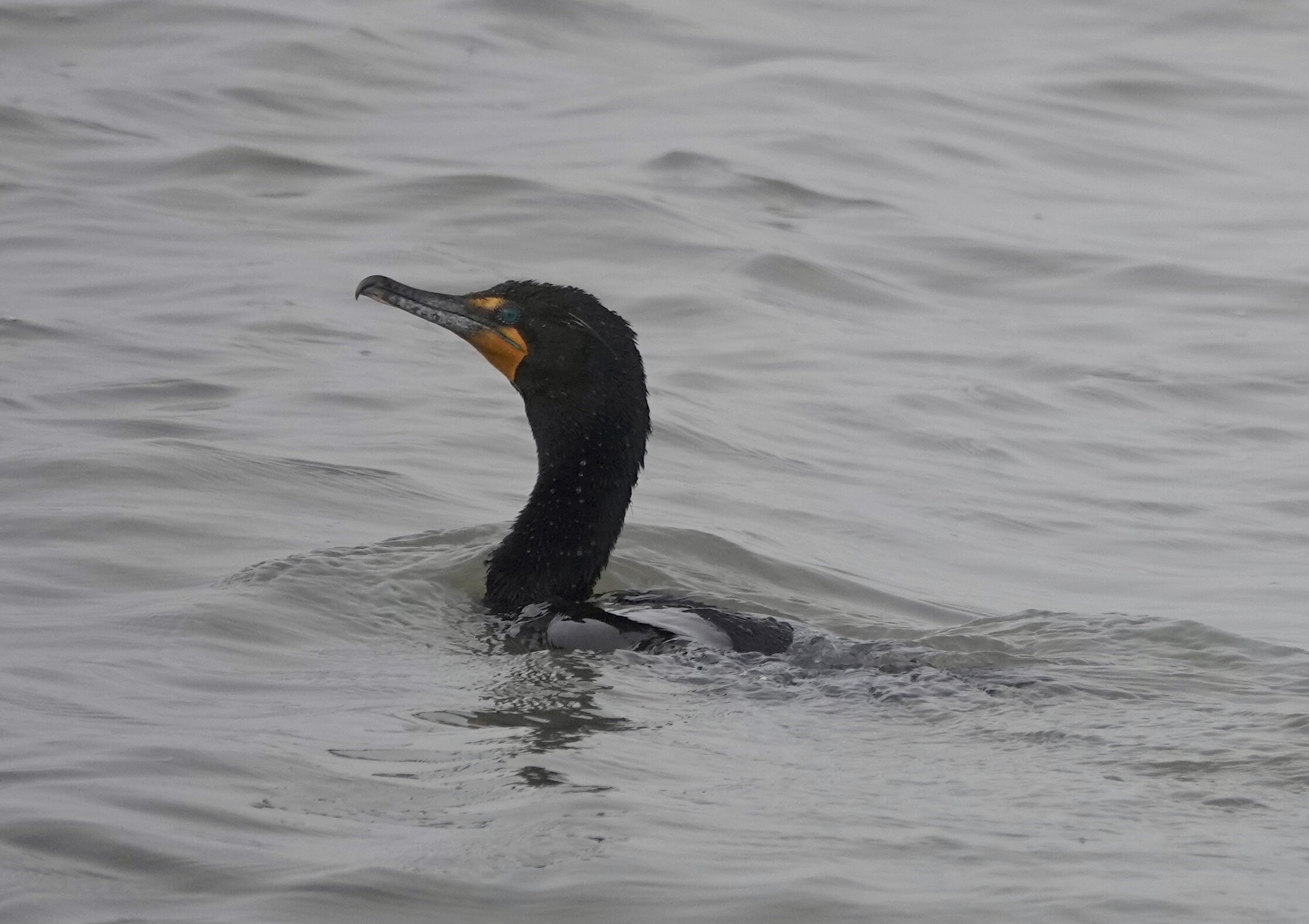
A Double-crested Cormorant with eyes a dazzling blue — enough to have made Jack Benny nervous.

The American Bittern has a flock of nicknames — barrel-maker, belcher squelcher, bog-bull, bog-hen, bog-trotter, butter bump, dunk-a-doo, mire-drum, night-hen, plum puddin', post-driver, slough pumper, stake-driver, sun-gazer, thunder-pumper and water-belcher.

November. No wonder there is so much wonder.

This woolly bear caterpillar stayed in its lane.

A Song Sparrow in a crooked forest.
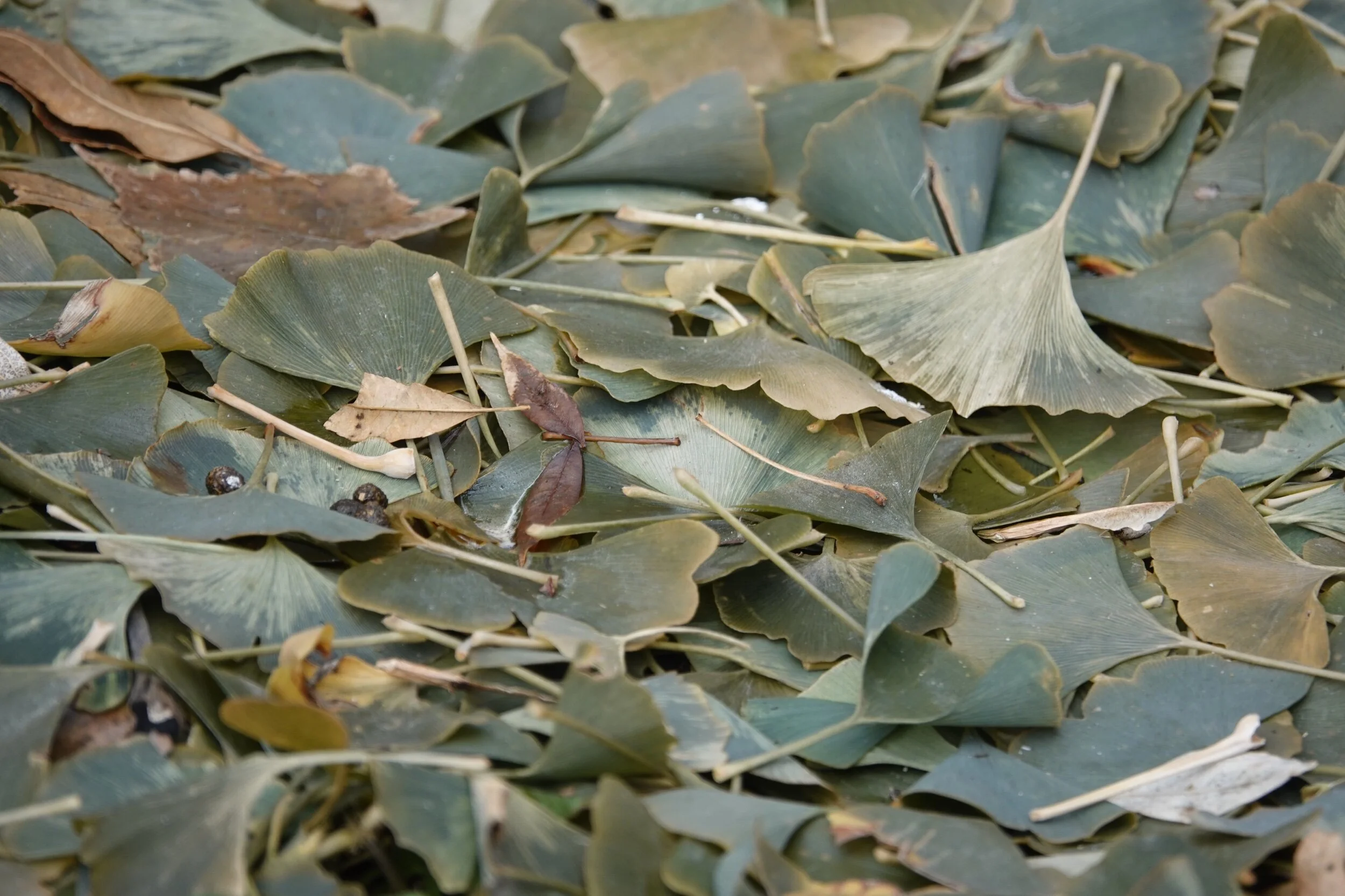
The Ginkgo tree has completed its annual striptease — dropping all its leaves in one day.
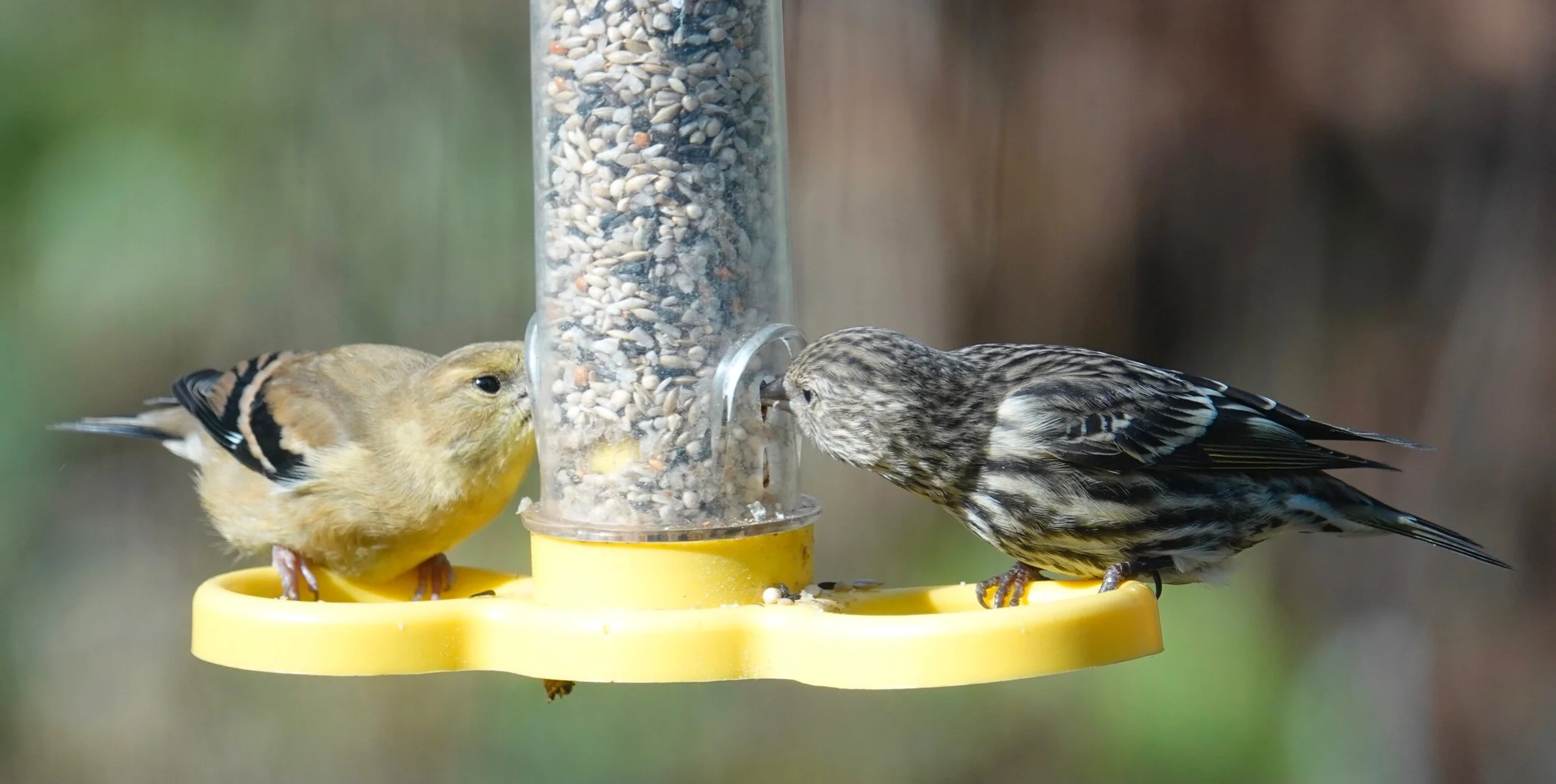
An American Goldfinch and a Pine Siskin share a table that allows them to maintain social distancing.
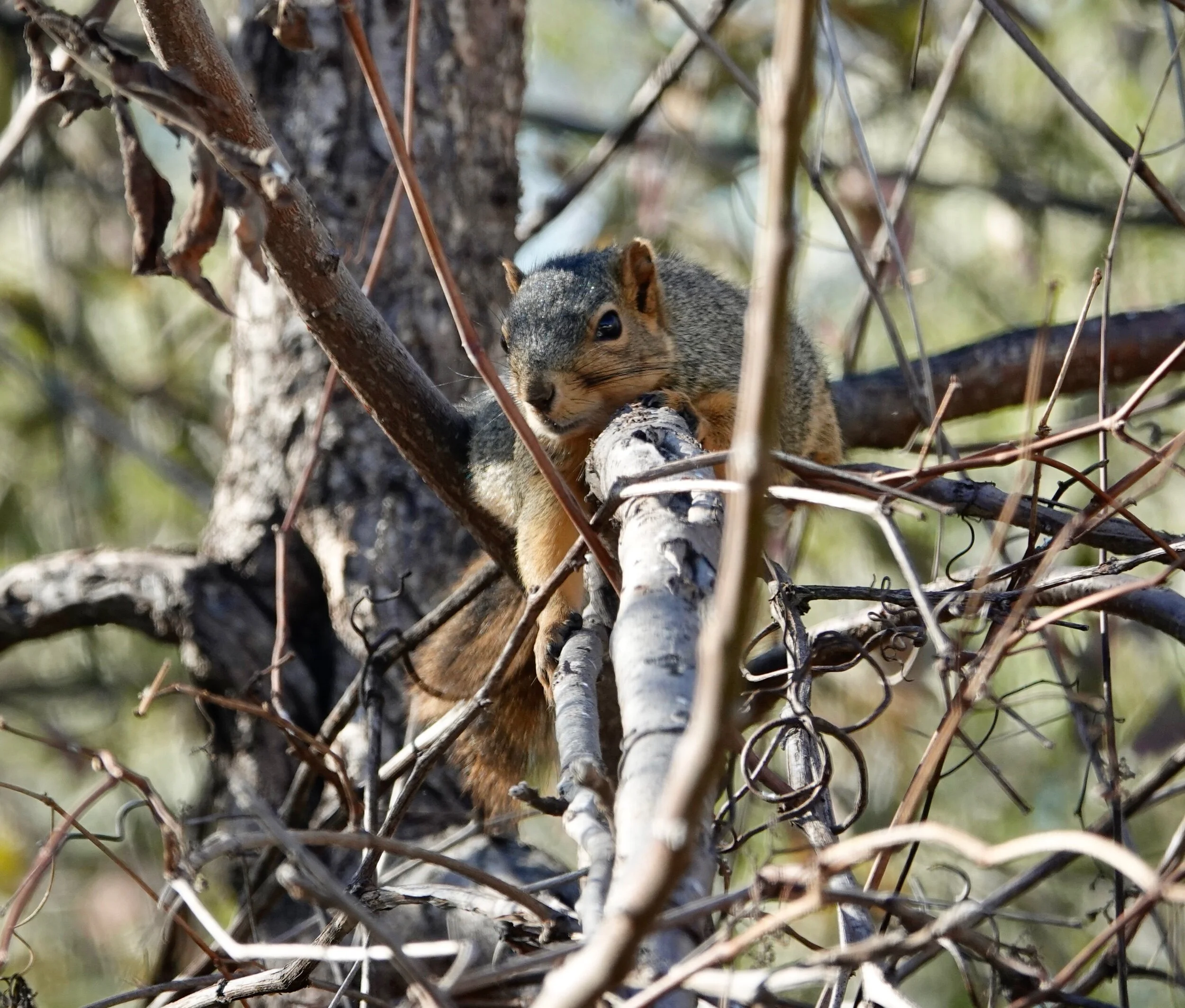
In the jungle, the mighty jungle, the squirrel considers a nap.

There was a puff of cold wind that led to a puff of House Sparrow.

An amazing carving of a Northern Hawk Owl seen at a shop in the subway level of the Mayo Clinic in Rochester, Minnesota. The talent of the carvers is astounding.

Cold yoga for woodpeckers.

A cardinal about to cannonball into the pool.
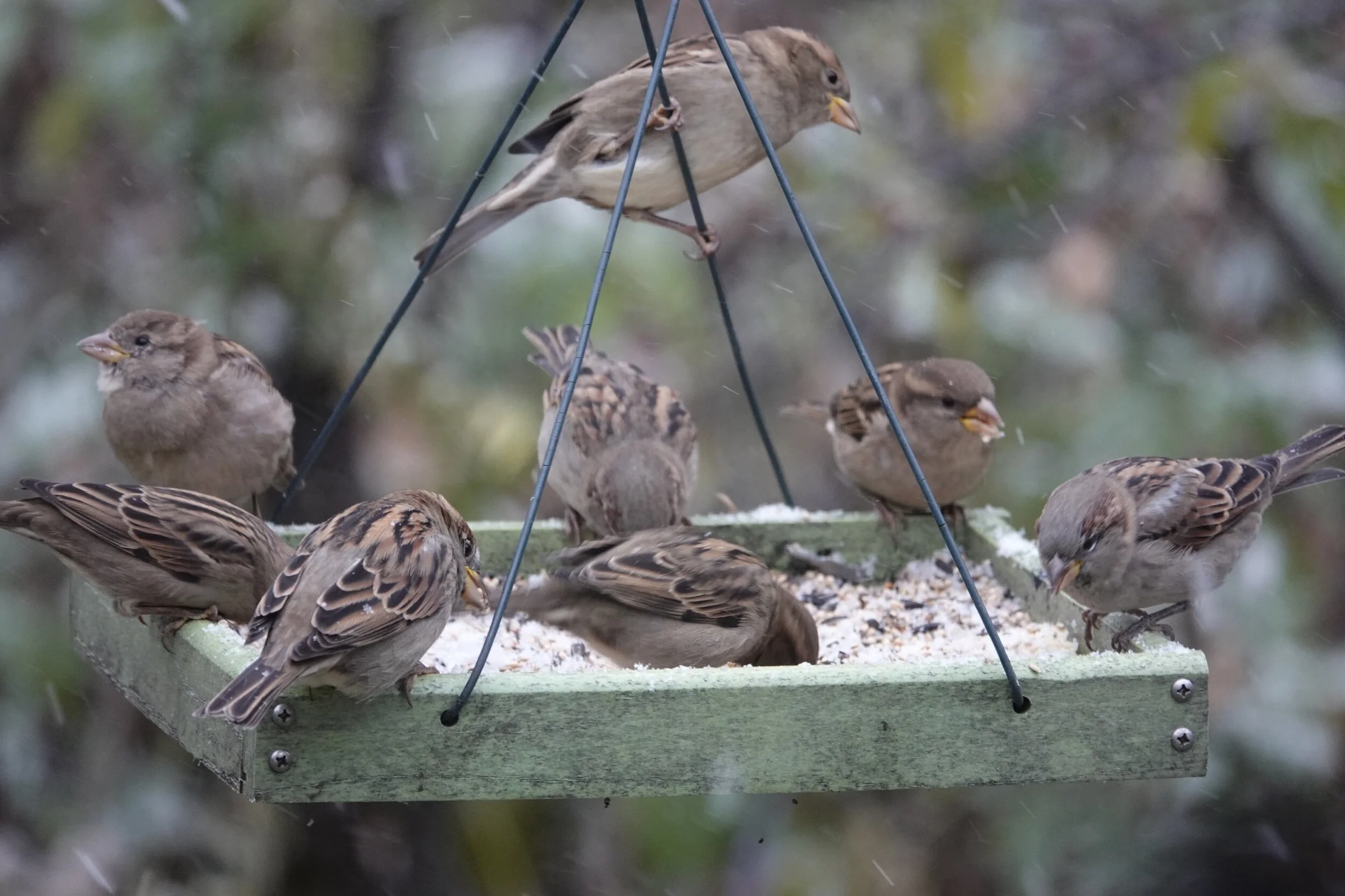
House Sparrows can be snowbirds, too.

The star of stars. The starling.
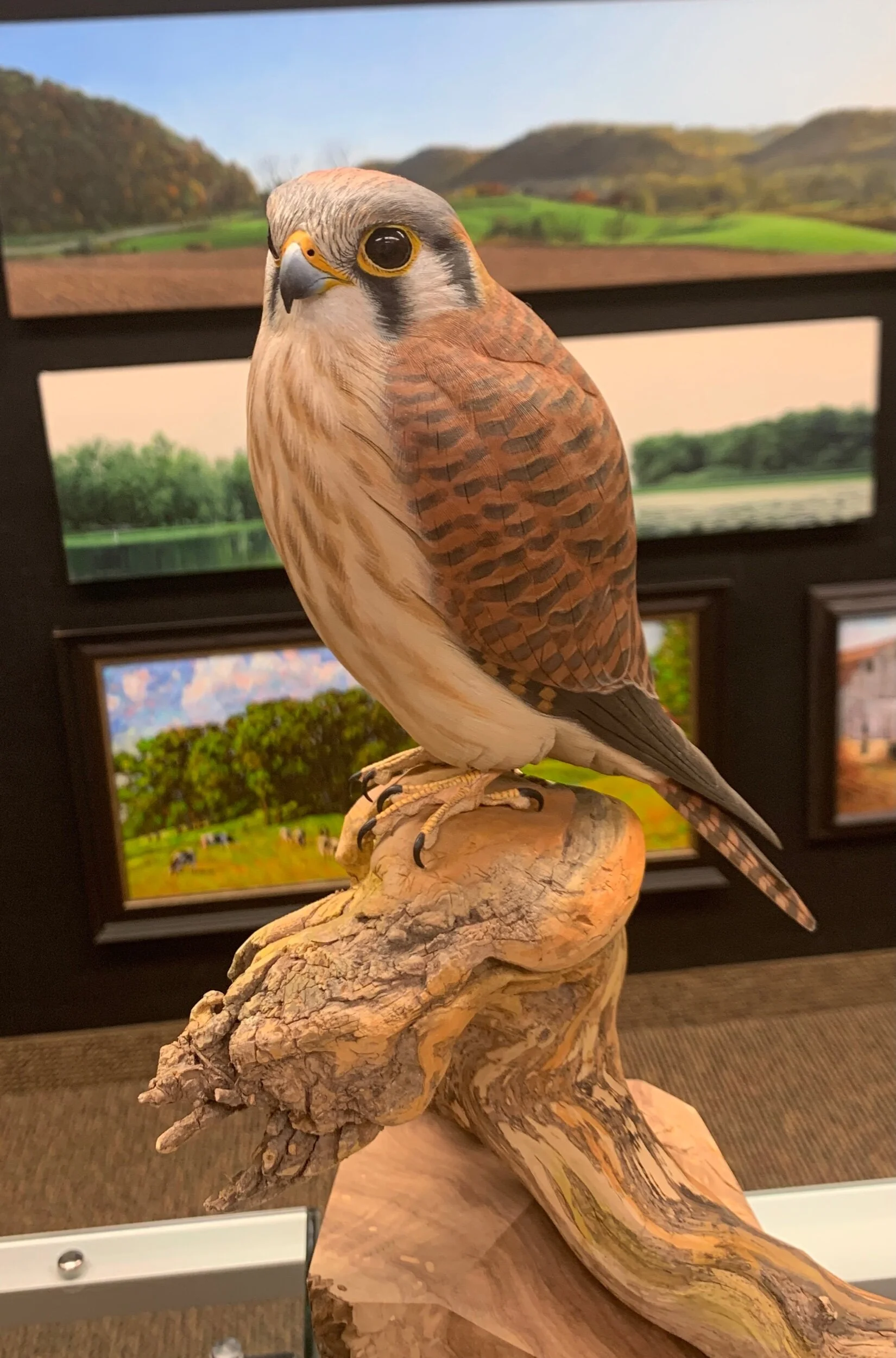
An incredible carving of an American Kestrel seen at a shop in the subway level of the Mayo Clinic in Rochester, Minnesota.
Naturally
Cricket chirps slowed with the cold before coming to a standstill after a killing frost. The silence is "Taps" for crickets, but creatures are still lurking.
A skein of geese was stirring. I saw gulls — ring-billed and Franklin's. It was a Franklin’s gull, not Ben Franklin, that said “Kek, kek!" Birding is a phenomenal pandemic pastime for people. All I need do is to watch them and my spirits are lifted. A cedar waxwing enjoyed a hawthorn apple in the yard. I enjoyed watching a cedar waxwing enjoying a haw in the yard. In the same hawthorn tree was a northern flicker, which after consuming some of the berries, appeared to be contemplating the migration ahead. Being your own GPS has to be stressful.
White-throated sparrows kicked back. They forage in the leaves on the ground, using both feet at once to scratch backward, then pounce forward on seeds or insects they’ve uncovered. The fox sparrows in the yard also use that distinctive double-scratch ground moves. With a forward and backward hop, their feet move aside leaf litter in their search for insects and seeds for dinner. An eastern phoebe was in my yard on Oct. 25, looking up in 27° weather for flying insects in the falling snow.
The starlings moved in like Cousin Eddie's family in the National Lampoon's Vacation film series. They were numerous, loud and argumentative creatures with prodigious appetites. Even the house sparrows scattered at the invasion. The house sparrow isn't a true sparrow. It's a weaver finch native to Eurasia and northern Africa that has succeeded in urban and farming areas worldwide -- including North America, where birds shipped from England were released in New York in 1851. People built nest boxes for them. The bird known as the English sparrow was brought here to combat cankerworms. By 1900 the sparrows had spread to the Rocky Mountains. By 1910, they were established in California. They're found on every continent except Antarctica.
My father once shared a hospital room with a Sparrow. No, not a house sparrow. It was a man named Sparrow. A Batt and a Sparrow in hospital beds. My father was uncomplaining, but the Sparrow chirped a lot. Just as house sparrows do.
Q&A
"I heard you mention whiffling Canada geese on your radio show. What does that mean?" Whiffling is a term used to describe the behavior whereby a bird rapidly descends with a zig-zagging, side slipping motion. It's as if they're spilling air from their wings. A goose occasionally flies briefly upside down with its head in a normal position. The aerodynamics giving lift during flying are extinguished and the goose plummets toward the ground before returning to a normal flying orientation. This erratic motion resembling a falling leaf is used to avoid a long, slow descent.
"What states are grizzly bears found?" Alaska, Idaho, Montana, Washington and Wyoming. All grizzly bears are brown bears, but not all brown bears are grizzly bears. Brown bears are generally considered to be those of the species having access to coastal food resources like salmon. Grizzly bears live inland and typically don't have access to marine-derived food resources. How does a bear stay cool in summer? It has bear conditioning.
"Should I rake the leaves or leave the leaves?" If you leave them on the lawn they give shelter for beneficial insects and the nutrients in the leaves break down and fertilize the lawn. It's a good idea to use a mower or mulcher to shred them so they break down faster and don’t smother the grass. You should clean up the leaves in areas close to open water and areas near streets and storm drains. If you don't, it could lead to water quality issues in lakes, rivers and streams because of an exacerbation of algae blooms in the spring. Some of our deciduous trees keep their leaves for much or all of winter — ironwood, buckthorn and some oaks.
"Do crows stash food?" Crows will bury food in a yard and cover it with leaves or grass. They cache food in trees, rain gutters, niches, nooks and crannies. They retrieve the stored food when it's needed. The hidden food is an insurance policy against lean times and offers convenience foods without the brick and mortar store.
Thanks for stopping by
"Those who contemplate the beauty of the earth find reserves of strength that will endure as long as life lasts. There is something infinitely healing in the repeated refrains of nature — the assurance that dawn comes after night, and spring after winter." — Rachel Carson in her book "Silent Spring"
"A good person produces good things from the treasury of a good heart, and an evil person produces evil things from the treasury of an evil heart. What you say flows from what is in your heart." — Luke 6:45
Do good.
© Al Batt 2020

Don’t call it an English sparrow because this house sparrow won’t answer. Some people call it a spatzie. It doesn’t respond to that name either. Photo by Al Batt
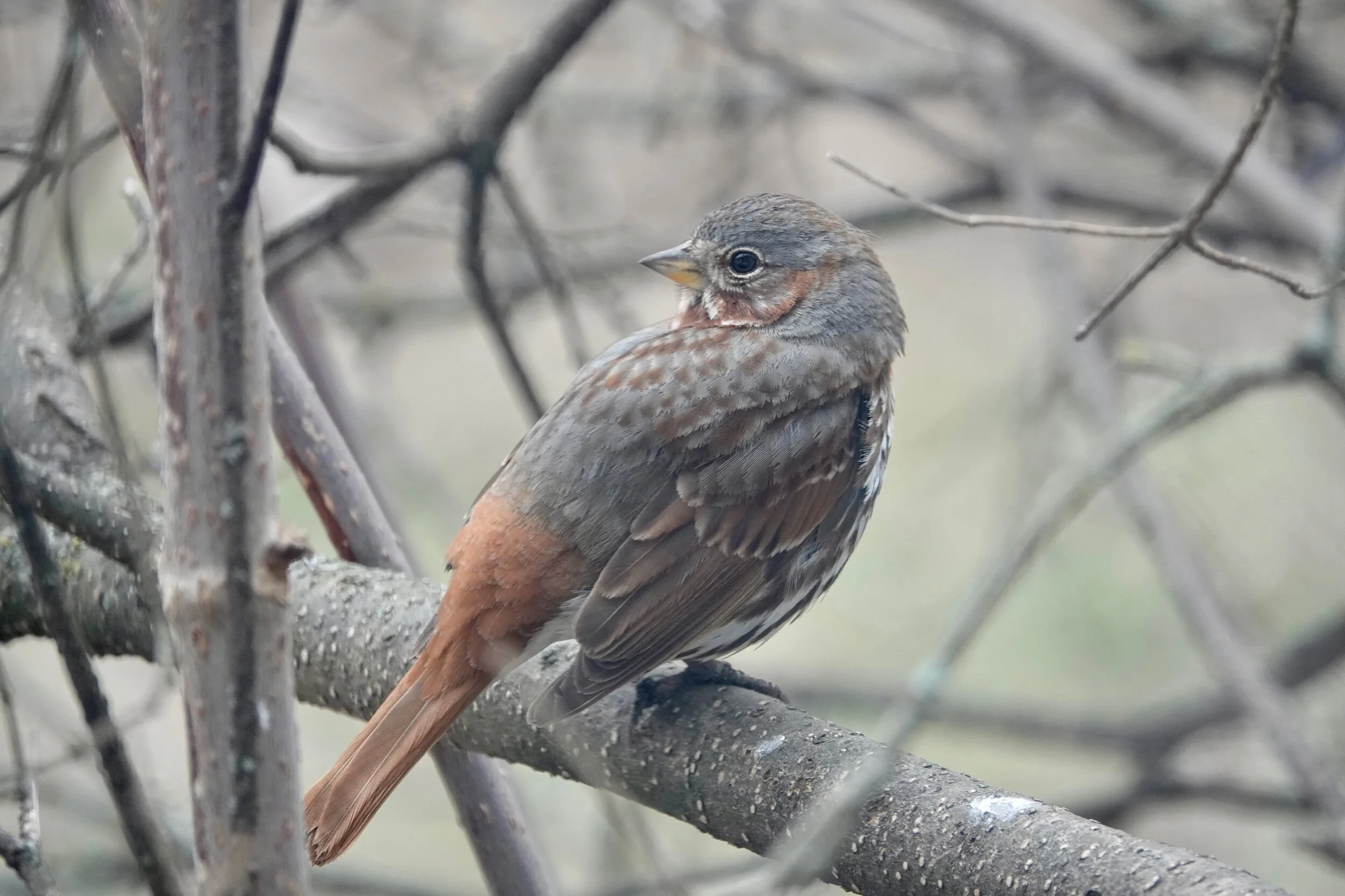
Br'er fox sparrow’s pose caused me to utter the pangram "The quick brown fox sparrow jumps over the lazy dog."
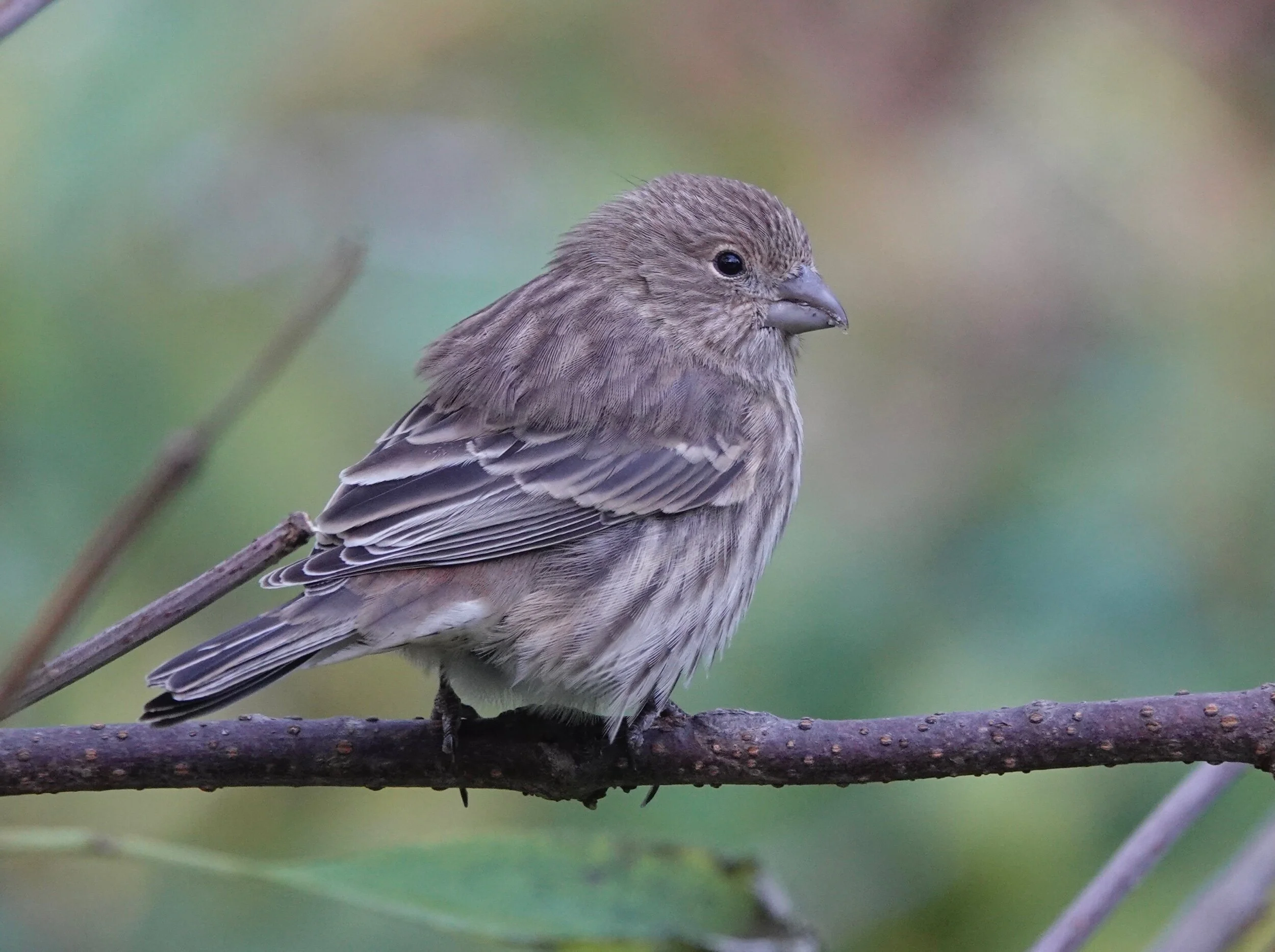
So many House Finches, so little time to stare at them.

I deer you to come another step closer.

A pensive spatzie. A thoughtful House Sparrow.

A House Finch can provide a rosy outlook.

The Fox Sparrow looked a little rusty.

The mushrooms have gone with the cold, leaving my yard a spore loser.

I found a woolly bear caterpillar in the basement. I hope its being indoors isn’t indicative of a severe winter.

A cheeky chipmunk collects chow for caching.

Pine Siskins are everywhere in the Gopher State right now. I see them often feeding on road salt in Alaska and Canada during the winter.

For this hick from Hartland, Minnesota, seeing three redbirds in a single tree in my yard is a highlight.

A female Purple Finch looks for a gift shop as any traveler would.

No matter which way you look at it, the House Finch male brings a bit of color to a snowy landscape.
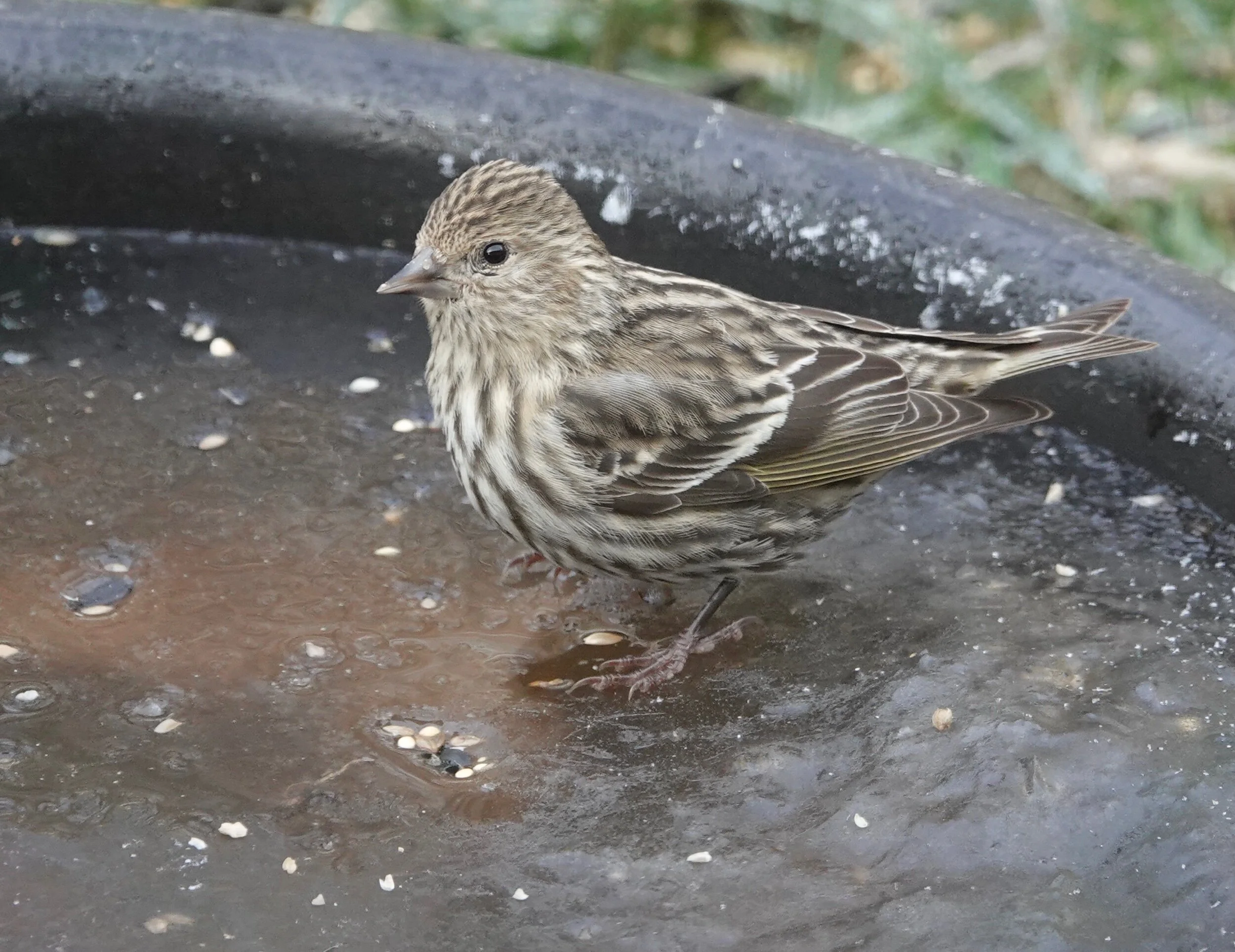
I’m always so happy to see that first Pine Siskin of the darkening seasons, it’s as if the tiny bird is capable of walking on water.
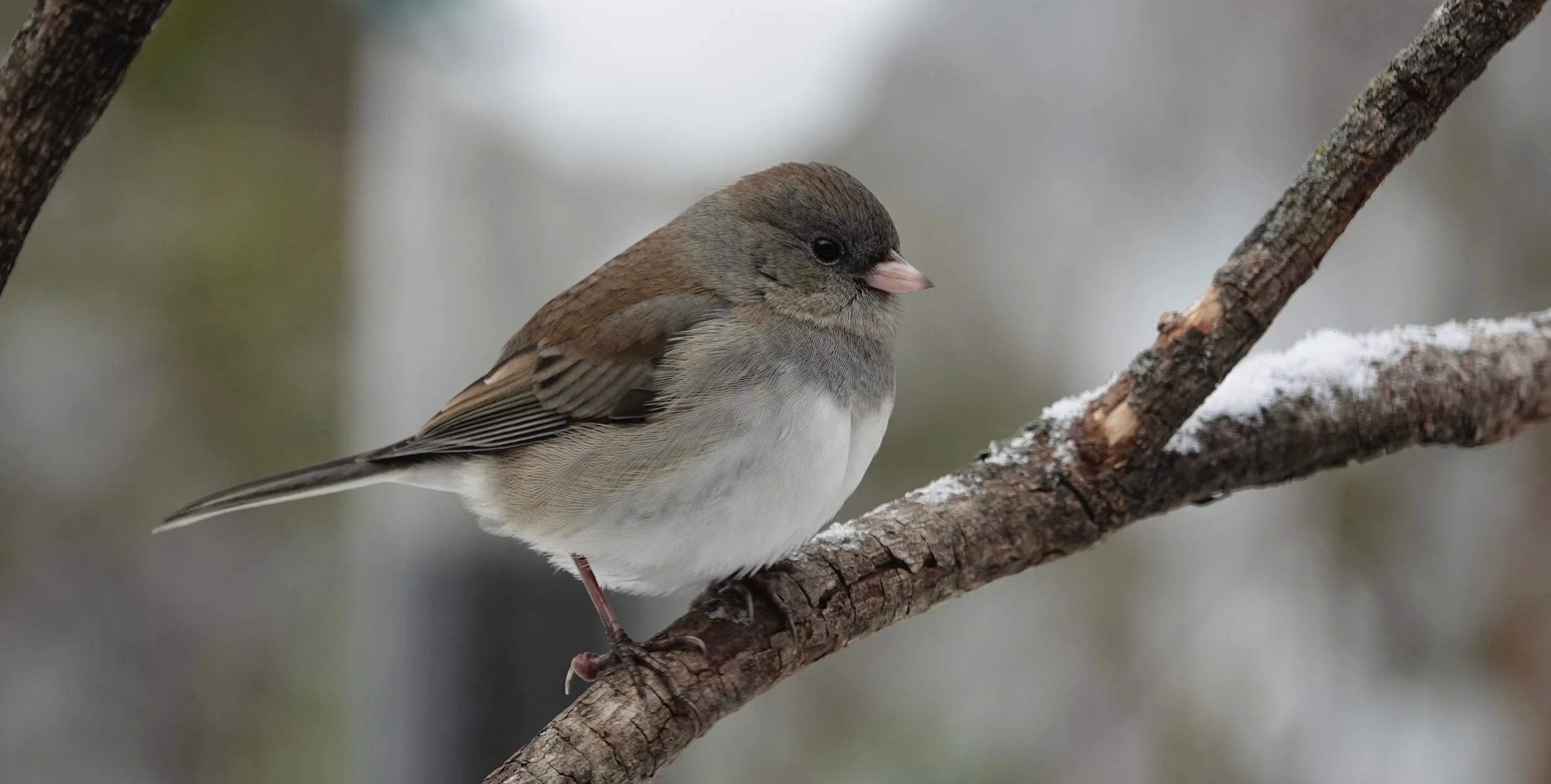
A snowbird finds snow.

And Jerry Mathers as the Beaver.

The White-breasted Nuthatch knows what you did.

It’s a good thing bees don’t have ears. If they did, all that buzzing would drive them crazy.

A squirrel is showing what a wild turkey would look like with a toupee.
Naturally
Autumn colors popped and fell. Unlike Maxwell House coffee, whose slogan is "Good to the last drop," a leaf is good after the last drop. The leaves on the ground are beautiful unless you detest raking them.
The frost had deleted most of the wasps and bees. Emily Dickinson wrote, "The pedigree of honey does not concern the bee; a clover, any time, to him Is aristocracy." The bees that do all the work are females. That might surprise no one.
I listened to blue jays go on and on. Mark Twain wrote, “A bluejay is human; he has got all a man's faculties and a man's weakness.” I figured these were discussing the merits of the electoral college. Mark Twain also wrote, “You never saw a bluejay get stuck for a word. He is a vocabularized geyser."
Horned larks gathered on the roadside on a windy day. There was and might still be a brand of cigarettes called Lark. I have never seen a horned lark smoking one. A road-killed muskrat wasn't far from the larks. The muskrat is commonly known as Ondatra zibethicus and rightly so. Captain & Tennille sang “Muskrat, muskrat. Candlelight. Doing the town. And doing it right. In the evening, it's pretty pleasing. Muskrat Suzie, Muskrat Sam. Do the jitterbug at a Muskrat Land. And they shimmy, Sam is so skinny.” I have nothing to add to that.
Brenda Kotasek of St. Peter volunteers at the fabulous Henderson Hummingbird Garden and saw the last hummingbird on Oct. 6 and last monarch butterfly on Oct. 8.
My feeders were so busy, I expected to hear "Yackety Sax," the song played during the chase scenes on "The Benny Hill Show." Pine siskins seemed to be everywhere. The wind, white-throated sparrows and chickadees whistled. So did the temperature as it whistled past my ears on its way down. Harris's sparrows, which I sometimes hear whistle as they pass through in the spring, magically appeared. I whistled on their behalf. Why not? As Monty Python's Eric Idle sang, "When you're chewing on life's gristle, don't grumble, give a whistle."
Q&A
"How fast can a mole tunnel?" I read something from Purdue University saying moles can tunnel 100 feet per day. I've been told and read often that they can dig 160 feet in a single night, but couldn't find research documenting that. Moles nest deep underground but make tunnels as they burrow through the soil in search of food. Surface tunnels are the raised ridges in lawns created by moles working just below the surface. Folkloric remedies haven't proven effective in discouraging moles.
"What can I do about powdery mildew on lilacs?" Learn to ignore it. It's a cosmetic disease as it is on most woody ornamentals.
"Do you recommend using pruning paints on trees?" No, research has found they slow natural healing. You might use them if you're forced to prune an oak during the growing season. It keeps sap beetles from finding the wound, which they'd find almost immediately and possibly transmit oak wilt. Latex house paint would work as all that is needed is a physical barrier.
"Why does a monarch butterfly chrysalis have gold on it?" Chrysallis is from the Greek chrysallid, which is from chrysos meaning "gold," referring to the metallic gold-like sheen of some butterfly pupae. The gold is created by a coupling of a carotenoid pigment and hill-like structures that reflect light from their peaks. There are theories as to the purpose of the gold. It could act as camouflage -- mirroring colors of the surroundings and breaking up the shape of the pupa or it might look like dew droplets. It could be a warning coloration, which acts like a "Poison" sign. Or it might filter particular wavelengths of light, which might be harmful to the monarchs.
"What is the one thing that most often becomes litter?" According to the Ocean Conservancy, the top 5 most littered items are: 1. Cigarette butts 2. Food wrappers 3. Plastic bottles 4. Plastic bottle caps 5. Plastic bags.
"Why do robins molt right before they migrate south?" Robins molt so they'll have fresh feathers for the flight. These fresh feathers are better insulation against the winter cold. Robins start molting flight feathers in mid-June and finish molting by early September. They molt body feathers from late July into October. Each feather is pushed out by a new one. Most feathers last a year, but if a feather is pulled out when a robin isn't molting, it's replaced promptly.
Thanks for stopping by
"Tell me, O Octopus, I begs. Is those things arms, or is they legs? I marvel at thee, Octopus; If I were thou, I'd call me Us." — Ogden Nash
"God in his wisdom made the fly. And then forgot to tell us why." — Ogden Nash
Do good.
©Al Batt 2020

A Harris’s sparrow is a handsome sparrow. North America’s largest sparrow breeds only in Canada. Photo by Al Batt

Eventually, everything is repurposed into something for birds.

A Blue Jay will fly across five state lines for peanuts. At least that’s its campaign promise.

A robin has a great sense of humor. This one is enjoying a haw.

How much wood would a woodpecker peck if a woodpecker would peck wood? I’ve been hearing from homeowners with cedar shakes who are learning the answer to that question.

A lovely singer, the House Finch was once sold in the illegal pet trade as a Hollywood Finch.
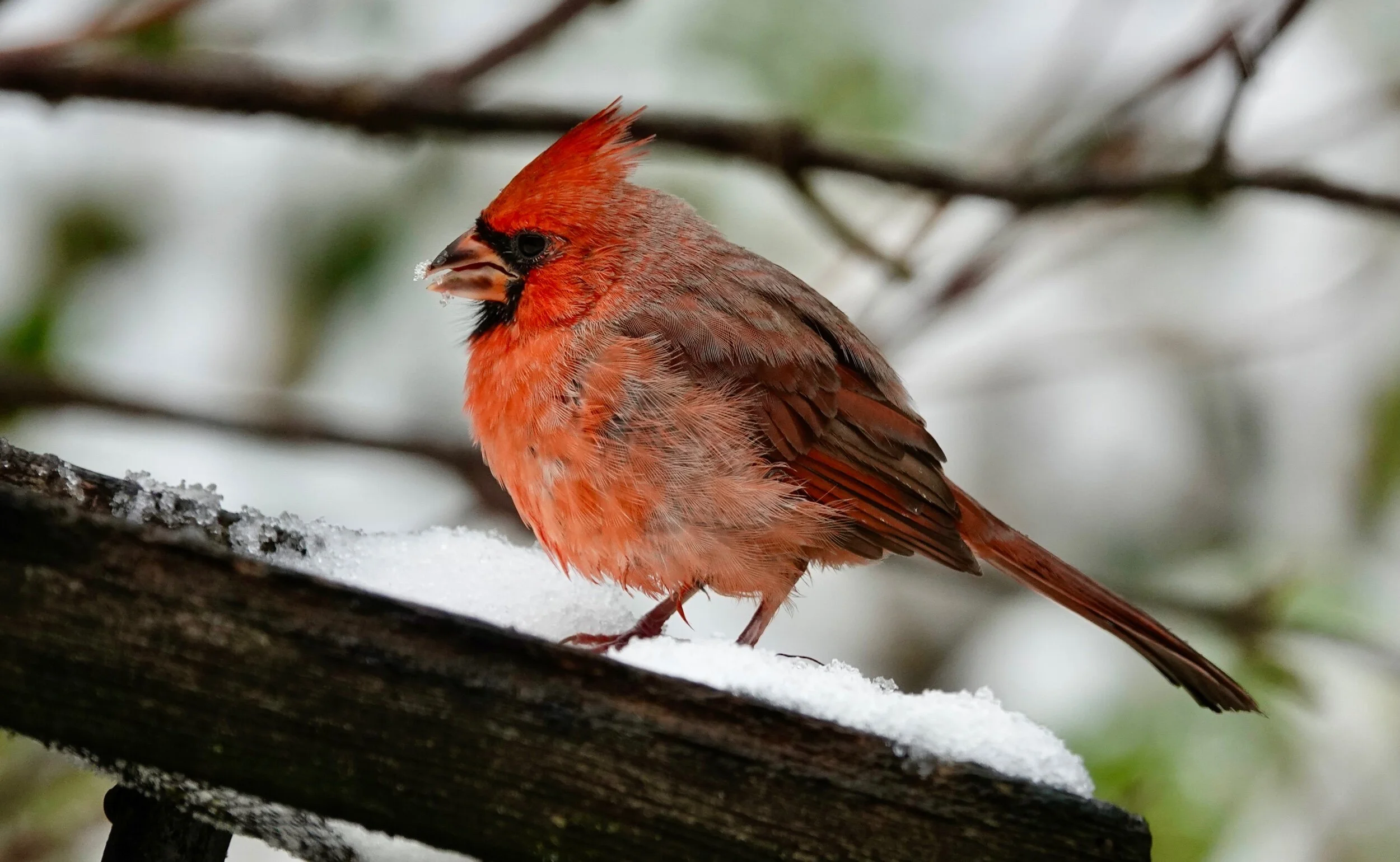
Red and white. Fight, fight, fight. A cardinal in the October snow.
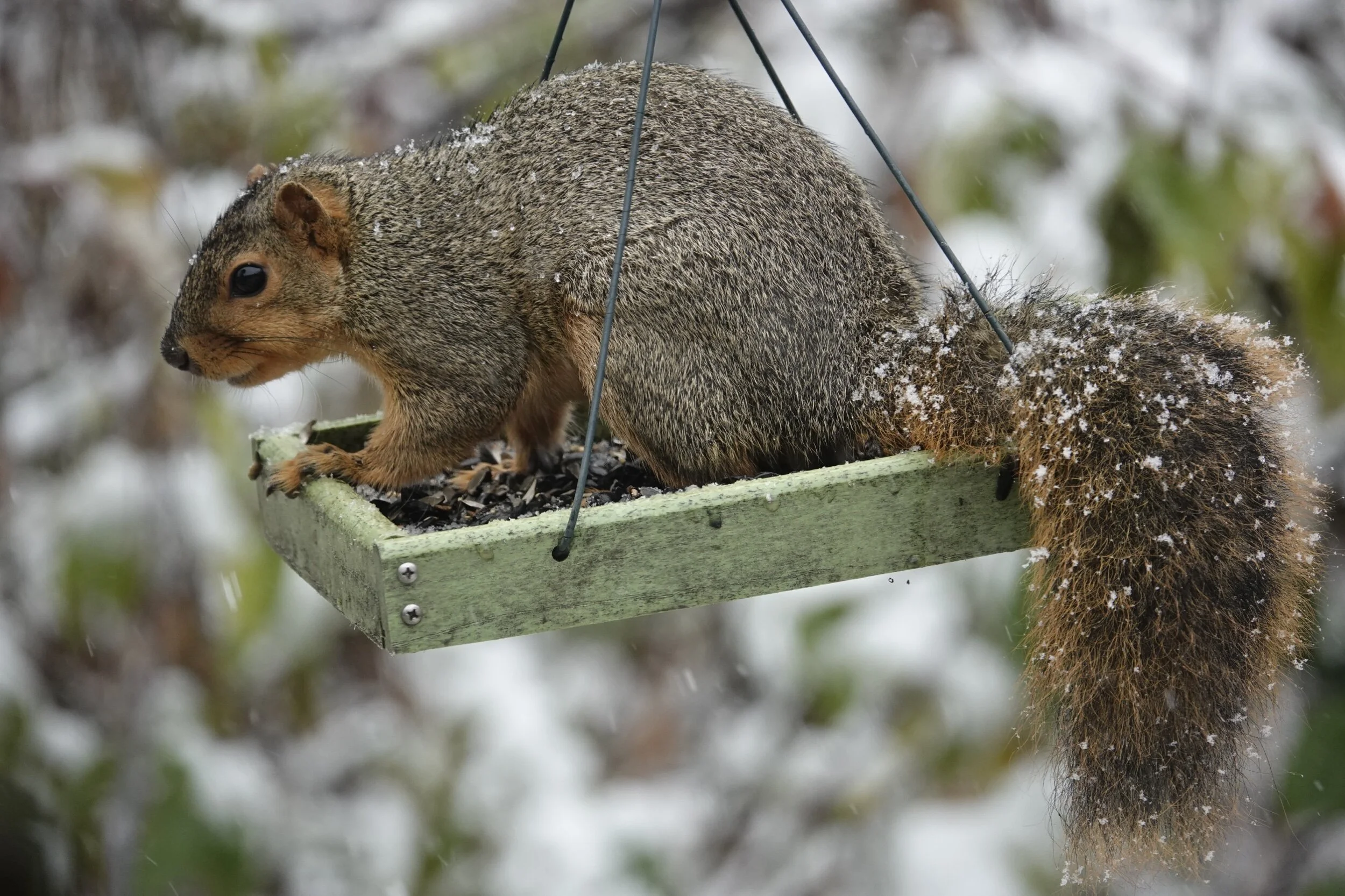
A tail of snow. The Fox Squirrel’s first snow.
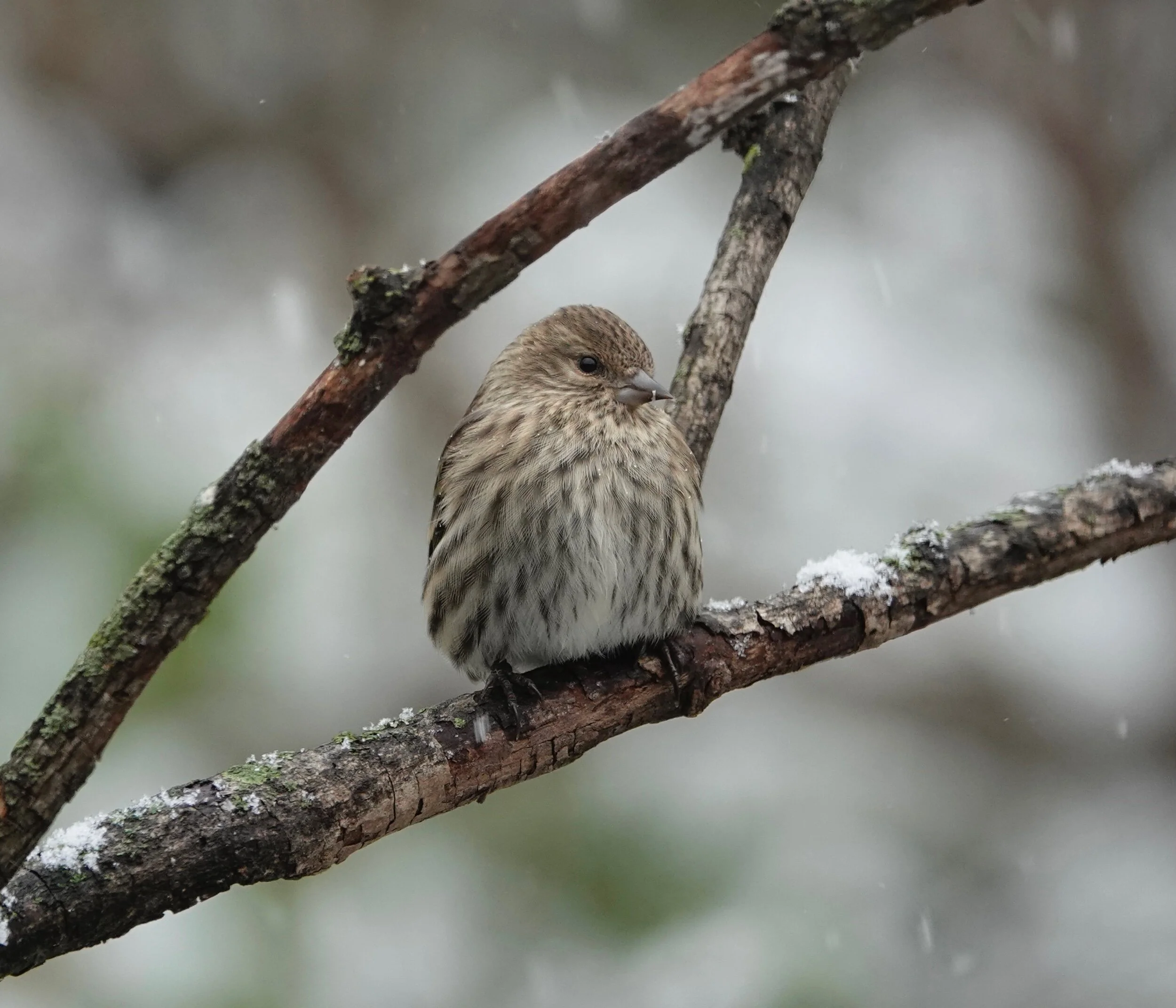
A Pine Siskin pining for a pine tree in the snow. Siskin derives from the sound the bird makes.